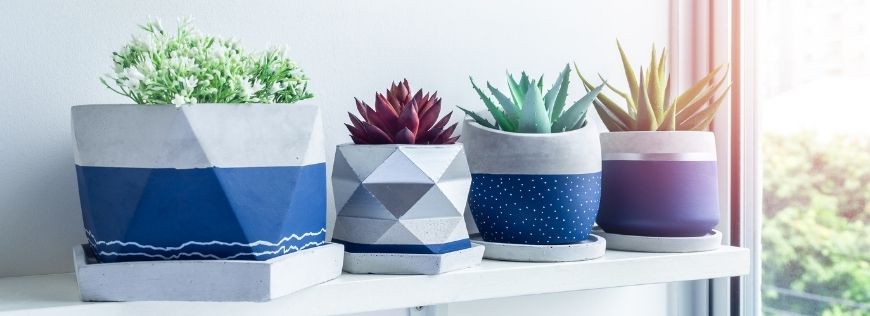Oxford at The Boulevard Apartments in Corinth, Texas goes out of our way to ensure that you live the lifestyle you have always desired and deserved. These helpful tips go beyond the scope of services we offer in our community, in order to provide you with a more efficient routine.
Hanging plants are a game-changer for your apartment home and can transform it into a beautiful oasis of color and life. And, while you may have taken up an interest in gardening during quarantine, there's always a lot to learn about plant care. Luckily, there are a few plants that are easy to keep alive, which will bring a dash of beauty to your interior space. These hanging plants are excellent choices for those, who are –slowly, but surely – returning to some semblance of normalcy and need something low maintenance, while still adding a touch of the majestic to their home space. Here are our top three suggestions:
Mistletoe Cactus
Obviously, we need to start this blog off with a bang, and what better way to do so than with a very low-maintenance family of plants: the Cactaceae, or cacti. This Mistletoe Cactus is a little different than some of its family members, however. It grows in the rain forest and needs more shade than sunlight, making it the perfect hanging plant for your apartment’s interior. Even though this is a rainforest plant, though, it still needs proper drainage and cactus soil. Line the pot with pebbles for drainage and make sure the pot has a drain hole and saucer to catch any excess water. Also, be sure to mist the plants often since they’re used to a humid and tropical environment.
Spider Plant
Spider plants are an ideal hanging plant for those residents that are constantly on the go. They require very little TLC and actually prefer indirect sunlight. So, if you get plenty of natural light in your apartment home, make sure to offset the plant away from your large windows to avoid burning it. As for watering your spider plant, this process is fairly simple, as well. The plant thrives when you allow its soil to dry in between watering. They also don't require an excessive amount of plant food and only need to be fertilized twice a month in the spring and summer. See? How simpler could plant care get?
Devil's Ivy
Like a spider plant, Devil's Ivy requires a low to moderate amount of sunlight. Think of it as Goldilocks, where they don't like too much sunlight or too much shade – the lighting needs to be just right. In terms of watering, you just want to give your Devil's Ivy enough water to keep the soil moist and not dry out its roots. Better yet, you can fertilize this type of plant even more infrequently than a Spider Plant and completely avoid doing so in the winter months, since it's a more dormant time of year for it. The only negative aspect of a Devil's Ivy, really, is its poisonous nature to cats and dogs. So, while it may be a great beginner plant for most, it's not the best choice for pet owners.



